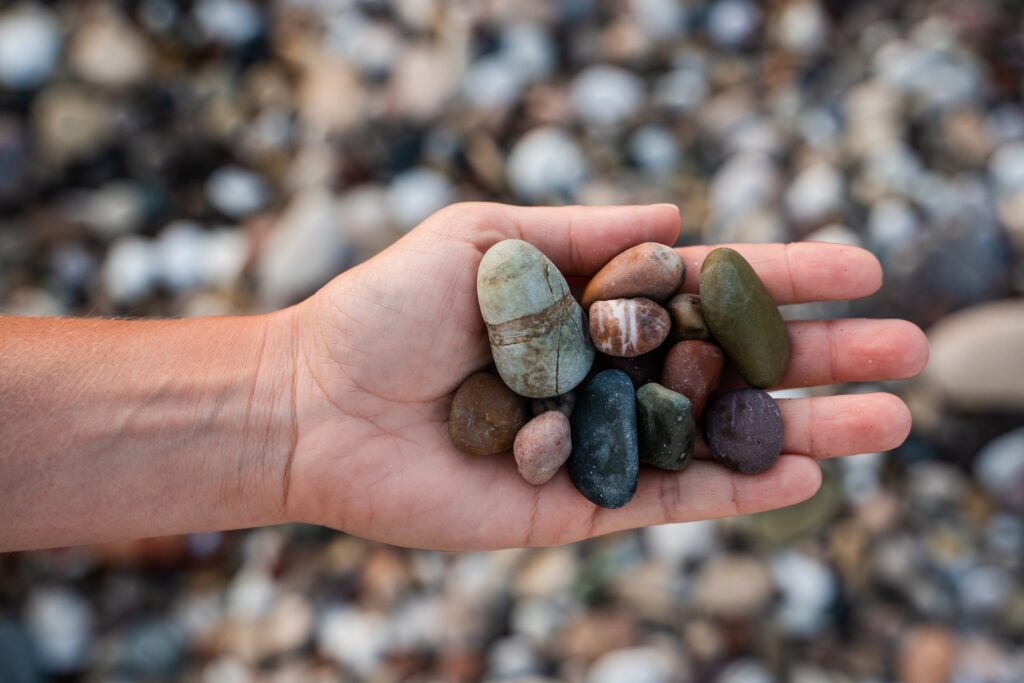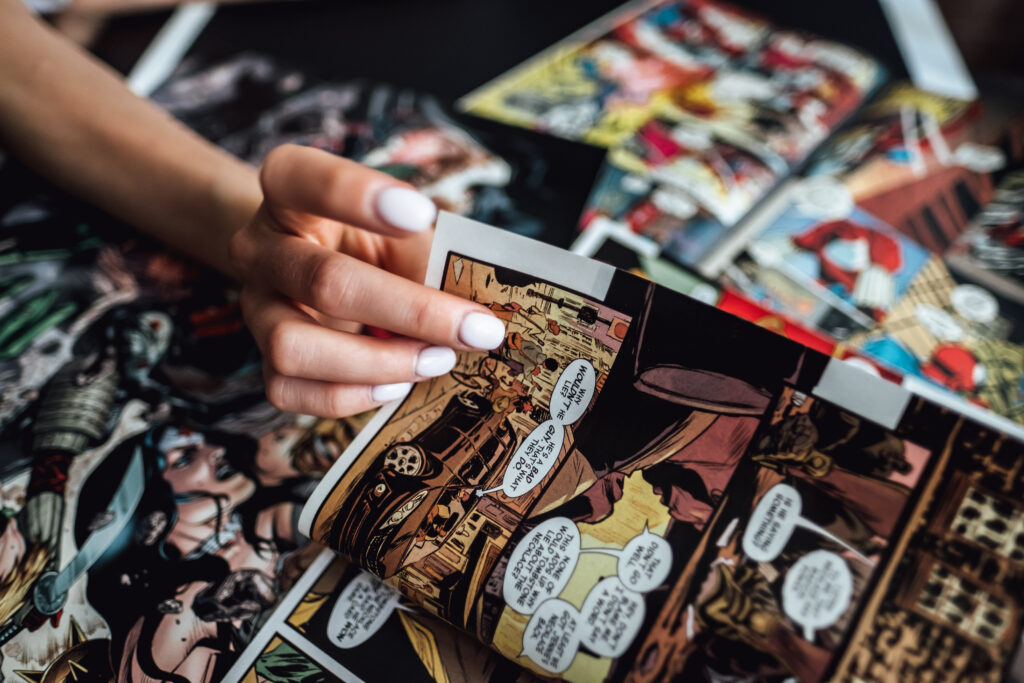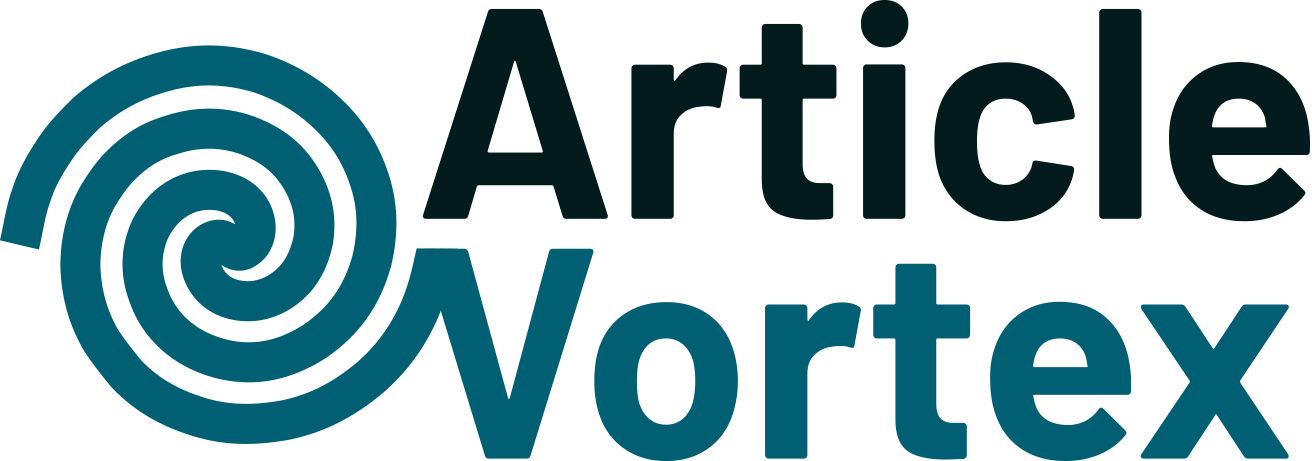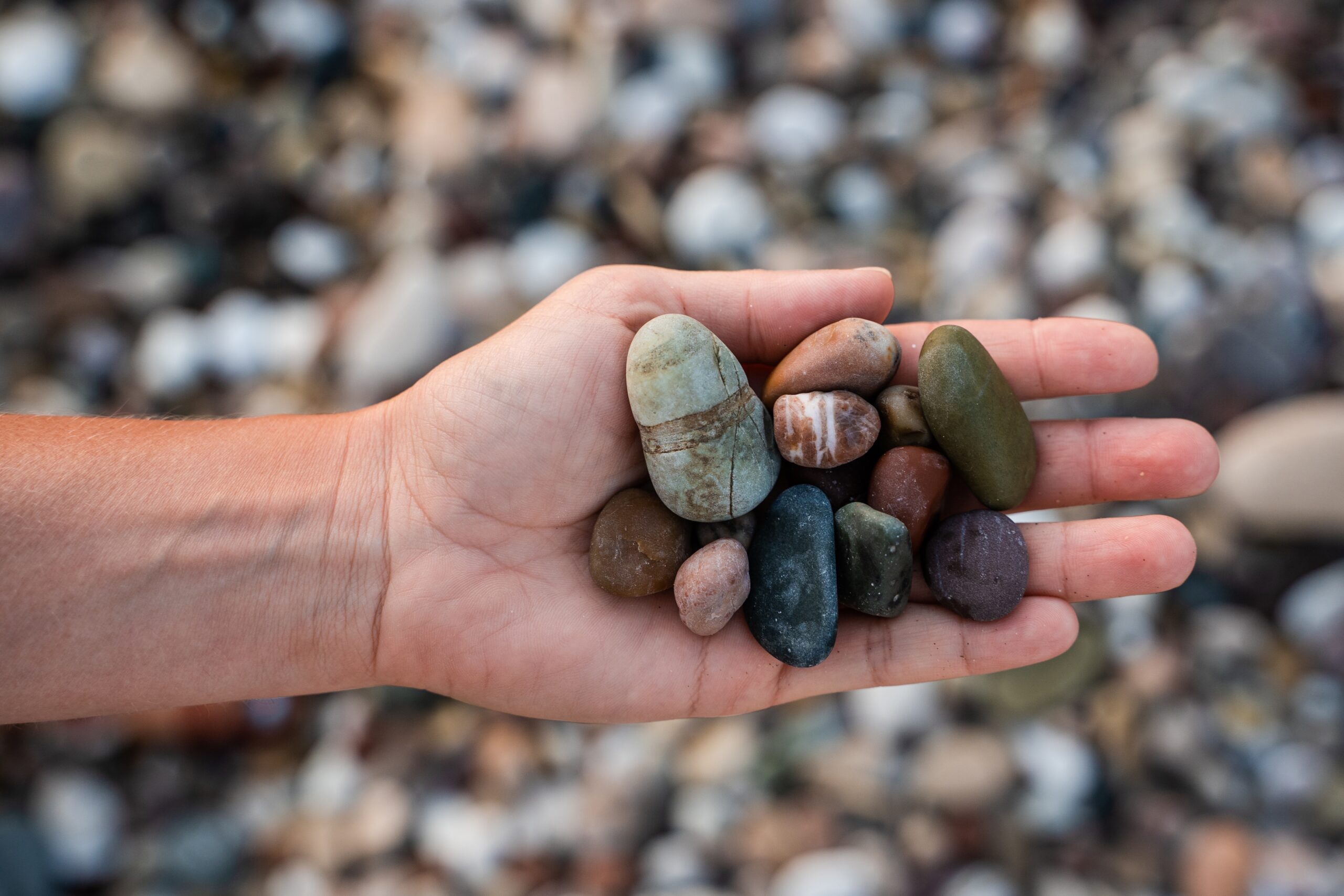Beneath a child’s bed, a shoebox hides a world of wonders: smooth stones with flecks of gold, crumpled movie tickets, bottle caps, feathers, and a marble that gleams like a trapped galaxy. None of it holds monetary value—yet each object is priceless. Somewhere else, a digital wallet protects a collection of NFTs, abstract yet fiercely owned. Across time and space, humans have always gathered, sorted, and cherished. But why? What drives us to collect? This is a journey into the psychology of collecting—where memory, identity, desire, and meaning converge in a deeply human habit.

Outline
- The Origins of Collecting: Instinct or Invention?
- The Emotional Blueprint: What Collections Say About Us
- Order in Chaos: The Desire to Categorize the World
- Modern Manifestations: From Baseball Cards to Blockchain
- When Collecting Heals—and When It Hurts
- Conclusion: The Stories We Gather
- FAQs
The Origins of Collecting: Instinct or Invention?
Our ancestors were collectors long before they were farmers or builders. Archaeological sites reveal carefully chosen stones, shells, and bones arranged in patterns, tucked away in caves or burial sites. These weren’t tools or necessities—they were tokens. Early humans may have collected for spiritual reasons, for beauty, or as markers of identity.
Evolutionary psychologists suggest collecting served survival. To remember which berries were safe, to recognize the footprints of prey, to discern patterns in the stars—all required the mental ability to gather, compare, and catalog. The collector’s brain was, and still is, a keen observer.
The Emotional Blueprint: What Collections Say About Us
Behind every collection is a story, often unspoken. A stamp album can be a quiet rebellion against impermanence. A vintage camera shelf may reflect a longing for analog time. Collecting allows us to anchor memory, to preserve moments, to construct identity.
Psychologist Dr. Russell Belk describes collecting as “an extension of the self.” Our chosen objects reflect values, aspirations, nostalgia, and control. In a fragmented world, collections offer coherence. They are external representations of internal landscapes.
Consider:
- A child collecting action figures to create fantasy worlds
- A grieving parent keeping their child’s last belongings
- An artist assembling torn scraps into a collage of healing
In each case, collecting isn’t about the item. It’s about what it holds.
Order in Chaos: The Desire to Categorize the World
Collections often follow a pattern—ordered by date, color, rarity, or theme. This speaks to our cognitive need for structure. The human brain is a pattern-seeking machine. By collecting, we place boundaries around the overwhelming.
- Taxonomy: From butterflies to books, the act of labeling and grouping helps us understand our place in the world.
- Control: In a reality we often cannot control, curating a collection gives a sense of mastery.
The collection becomes a map. Not of the world as it is—but of the world as we see it.
Modern Manifestations: From Baseball Cards to Blockchain
Today’s collectors span physical and digital realms. NFTs (non-fungible tokens) are the newest expression—a blockchain-based revolution in ownership. Where once we held coins in our hands, now we collect pixels on a screen. But the impulse is the same.
Notable shifts include:
- Scarcity in abundance: In the age of endless content, what’s rare becomes more valuable.
- Digital permanence: NFTs offer ownership without decay—an eternal stamp on an ever-changing web.
- Community: Digital collectors form tribes, bonded by shared obsessions, just as comic book or vinyl enthusiasts once did.
Whether tangible or not, the emotional resonance remains.

When Collecting Heals—and When It Hurts
Collecting can be therapeutic. It gives purpose, reduces anxiety, and offers a sanctuary from chaos. In times of trauma, the act of collecting can restore agency.
But like all human tendencies, it has a shadow side. Hoarding is a form of collecting gone awry—driven by fear rather than joy. The line between comfort and compulsion is thin.
Signs collecting turns harmful:
- Emotional distress when unable to acquire more
- Loss of space, time, or social connection
- Accumulation without meaning or selection
Healthy collecting, on the other hand, is intentional. It’s curated, not consumed.
Conclusion: The Stories We Gather
To collect is to remember, to dream, to define. From pebbles pocketed on a childhood walk to digital tokens stored in the cloud, collections are not just things. They are echoes of self—tiny stories we gather to make sense of the vast narrative of life.
In the end, perhaps we do not collect objects at all.
We collect meaning.
FAQs
1. What is the psychological reason behind collecting?
Collecting fulfills emotional and cognitive needs such as identity formation, memory preservation, and the human desire for control, order, and meaning.
2. How is collecting different from hoarding?
Collecting is intentional and often joyful, with items chosen for their significance. Hoarding is compulsive, driven by fear or anxiety, often resulting in distress and dysfunction.
3. Why are NFTs considered collectibles?
NFTs represent digital ownership of unique items. Like physical collectibles, they offer scarcity, value, and emotional or cultural significance to their owners.







